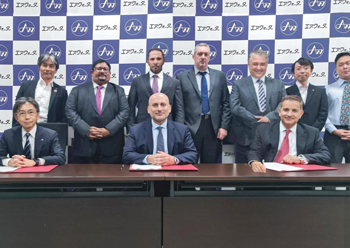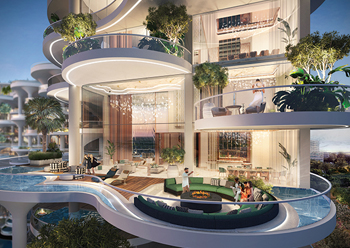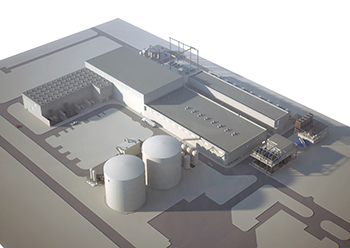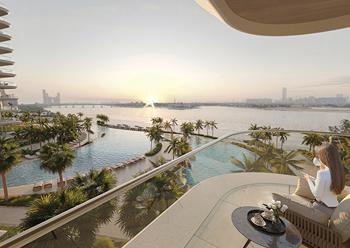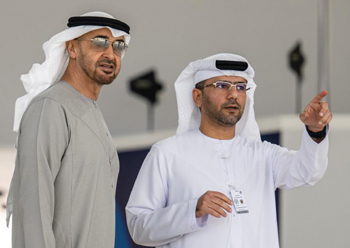
 Sheikh Mohammed bin Rashid is briefed on the key projects.
Sheikh Mohammed bin Rashid is briefed on the key projects.
HH Sheikh Mohammed bin Rashid Al Maktoum, Vice President, Prime Minister and Ruler of Dubai, has approved the second phase of the Dubai 2040 Urban Master Plan.
Phase Two consists of several projects under 10 key initiatives, including Enhancing Urban Centres, Dubai Real Estate Strategy, Urban Farming Plan, Preserving Urban Heritage Plan, Developing the 20-Minute City Policy, and the Pedestrian Network Master Plan.
He also reviewed the progress of 17 projects and initiatives that were part of the initial phase of the Dubai 2040 Urban Master Plan, reported Wam.
Unveiling the key phase, Sheikh Mohammed said: “Today, we have a clear vision for the development of Dubai’s urban infrastructure and housing sector until 2040. Our goal is for Dubai to be an eco- and pedestrian-friendly city, and a city with a high yield from urban agriculture.”
He was briefed by Mattar Al Tayer, Commissioner General for Infrastructure, Urban Planning and Well-Being Pillar, and Chair of the Supreme Committee of Urban Planning in Dubai, on the key projects of Phase Two of the Dubai 2040 Urban Master Plan.
The new phase includes an integrated plan for developing five main urban centres (three existing and two new centres) in Dubai. The plan also prescribes a comprehensive strategy for Dubai’s real estate sector up to 2040 to align it with the requirements of the masterplan and strike a balance between supply and demand.
Phase Two includes a framework for high-yield agriculture and farming by identifying suitable locations and developing the infrastructure and facilities required to ensure food security.
It also outlines plans for preserving the urban heritage to enhance the emirate’s identity, promote historical areas, landmarks and buildings, and improve the tourism experience at archaeological sites.
The masterplan calls for developing a 20-minute city where residents can reach their destinations within a 20-minute timeframe on foot or by bicycle, said the Wam report.
Additionally, a plan will be developed to enhance and utilise urban spaces, such as alleyways, spaces underneath bridges, and squares. The initiative contributes to enriching the beauty of urban areas, developing green corridors, reducing the carbon footprint, and enhancing the landscaping strategy.

















.jpg)













 (1).jpg)














































